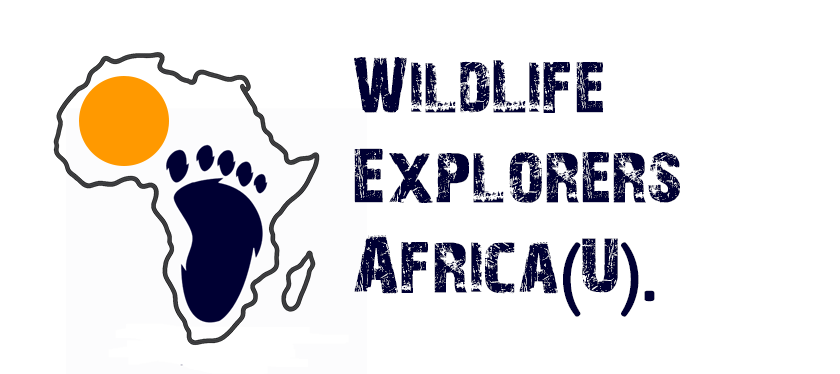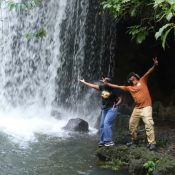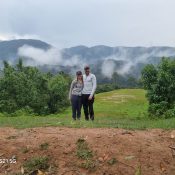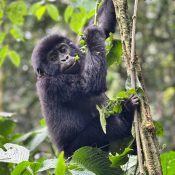Mabamba Excursion-Prehistoric Giant Shoebill Encounter
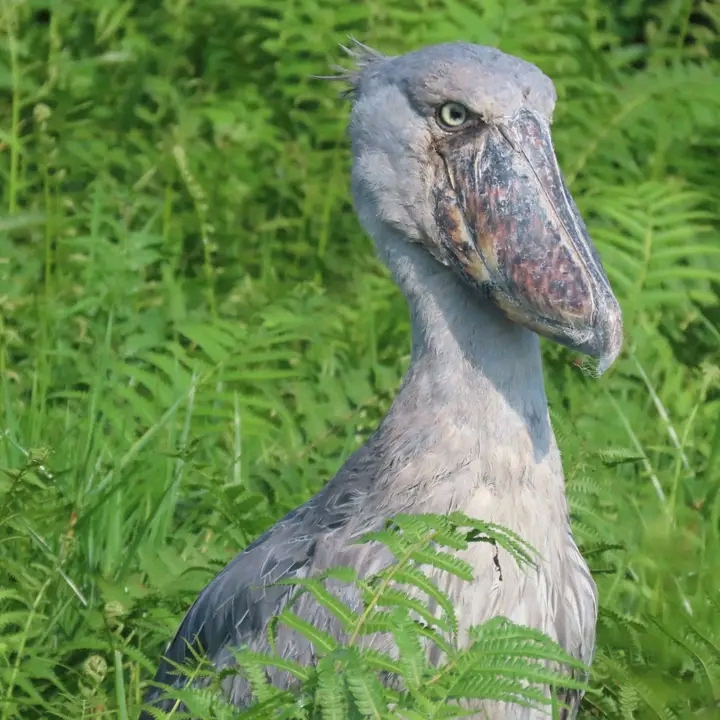
Mabamba Excursion-Prehistoric Giant Shoebill Encounter
Mabamba Bay shoebill Excursion-A Ramser site adjacent to the Entebbe city the gateway to Uganda
Mabamba Wetland is a true birdwatchers paradise– Located on the northern shores of Lake Victoria, west of Entebbe, it spans over 2,400 hectares of papyrus marshes and open water channels. Its designation as a Ramsar site in 2006 underscores its global importance for biodiversity, especially for bird conservation.
The destination is well known for Shoebill (Balaeniceps rex)-nicknamed “the king of the marshes,” this prehistoric-looking bird is one of the most sought-after sightings for birders worldwide. It thrives in Mabamba’s papyrus swamps, feeding primarily on lungfish and there is no birding safari in Uganda which is complete minus ticking off this rare bird specie.
Listed as Vulnerable by the IUCN, with only 3,300–5,300 mature individuals left in the wild.
The bay also acts as habitat for Blue Swallow (Hirundo atrocaerulea). A migratory species that breeds in southern Africa and winters in Uganda. It’s Vulnerable due to habitat loss, especially of the moist grasslands it depends on.
Mabamba is one of the few reliable sites in Uganda to spot this elegant, iridescent bird. Papyrus Gonolek (Laniarius mufumbiri) which is endemic to papyrus swamps. It’s Near Threatened, largely due to the degradation of its specialized habitat. Other bird species that can be spotted include the African pygmy geese, African jacana, malachite kingfishers, blue-breasted bee-eaters, and swamp flycatchers
Mabamba bay is a blessing to the native community–Many of the canoe guides and spotters are former fishermen who now earn a sustainable income through ecotourism. Visitors share their experiences, raising international awareness and support for Uganda’s biodiversity thus putting the destination on the World Map
Shoebill tracking in Mabamba Wetland is more than just a thrilling birdwatching experience—it’s a powerful act of community-based conservation.
Experience the local fishing techniques-Mabamba has unique aquatic & terrestrial Life, a habitat where you can spot Tilapia staple food for locals and Lungfish, locally known as emamba very iconic—they can survive out of water for days, and Mabamba is even named after them
The wetland plays a greater conservation role-acts as natural purifier, trapping sediments and pollutants before they reach Lake Victoria. This helps maintain clean water for nearby villages and wildlife. During heavy rains, Mabamba absorbs excess water, reducing the risk of flooding in surrounding areas. It stabilizes the local hydrology and protects agricultural land. Mabamba is a living example of how biodiversity and ecosystem health are deeply knotted with human well-being. And just to bring it to life
Recent Posts
Tags
Quick booking process
+256 782 467457
